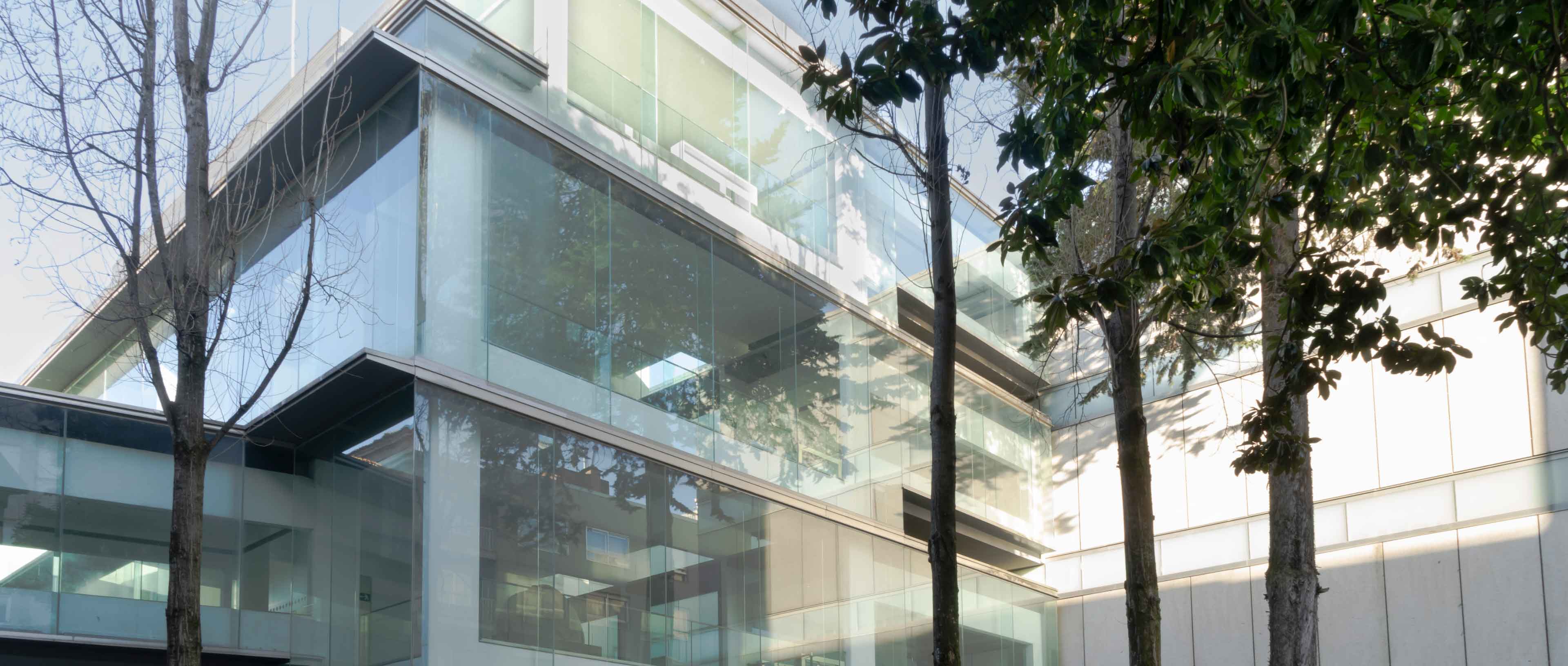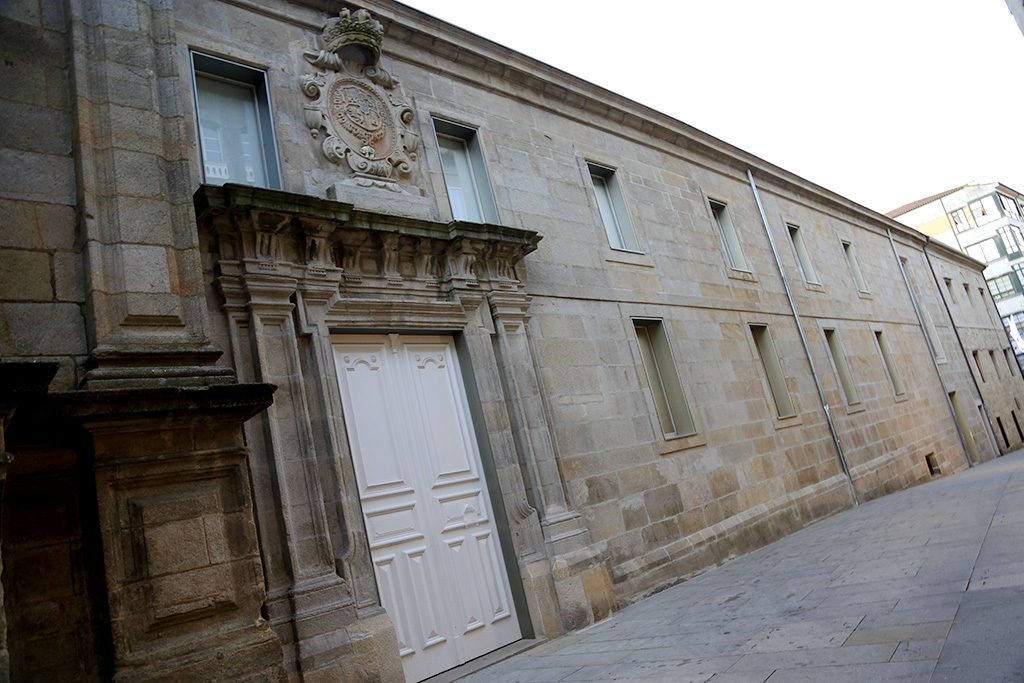Museum - Museo de Pontevedra

The Museum
The Museum of Pontevedra is one of the most important cultural institutions in Galicia both for the research and cultural activities it carries out and for the relevance and diversity of the exhibits it gathers, such as paintings, sculptures, photographs, furniture, pottery pieces, and its archaeological, ethnographic, documentary and book collections. Moreover, it houses the largest collection of works by Castelao, a key figure in Galician culture and politics.
The museum was created in 1927 at the initiative of the Provincial Council of Pontevedra (Deputación de Pontevedra) and was opened to the public two years later. Now, it comprises seven buildings scattered throughout the old town of Pontevedra. As you walk past them, you can discover the local history and architecture. You can start at the medieval remains of San Domingos and continue to the beautiful baroque manor houses, known as pazos in the Galician language (currently under refurbishment), at the square Praza da Leña, and pass by the Museum’s buildings in street Rúa Pasantería. The tour ends at the Santa Clara Convent, an outstanding architectural ensemble with more than seven centuries of history that will be refurbished soon to become the Museum's seventh building.
The Castelao and Sarmiento buildings currently house the museum's permanent exhibition. The archaeological collection includes, among others, gold pieces, of which is worth mentioning the largest gold treasure from prehistoric times in Europe. Particularly noteworthy is the collection of Galician art, which comprises works from the 14th century to the beginning of the 21st century. Some examples are the only Galician painted medieval altarpiece that has been preserved to this day, Baroque embossed paintings by José Gambino and José Ferreiro, the romantic landscape paintings by Jenaro Pérez Villaamil, some works by the painters of the so-called xeración doente and by some of the artists who transformed art in the 20th century: Sotomayor, Arturo Souto, Maruja Mallo, Laxeiro, the members of the Grupo Atlántica... In addition, two rooms display the work by Alfonso Daniel Rodríguez Castelao, a key author for understanding the last century in Galicia.
The museum gathers an important collection of Spanish art from the 19th and 20th centuries, where you can admire works by Sorolla, Ramón Casas, Dalí, Antonio Saura, Juana Francés and many others. There are rooms with works by authors that were in exile during the 20th century wars, such is the case of violinist Manuel Quiroga, and others displaying pieces of Sargadelos pottery, from the main Spanish pottery workshops in the 16th-18th centuries and East Asian art and pottery.
The museum also organises several temporary exhibitions throughout the year, as well as seminars and conferences. It also offers activities for all kinds of audiences: guided tours, workshops, concerts...
In addition, it gathers an important collection of photographs and documents and has a large specialised library.
sostibilidade
-
Memoria de sostibilidade







